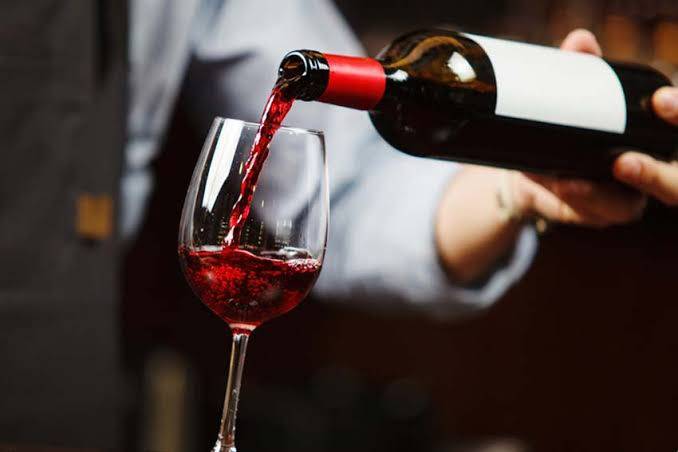
Every year on November 24, Argentina celebrates Wine Day, marking the date when wine was declared the country’s National Beverage. This recognition highlights the deep social and economic roots of winemaking in Argentina, a tradition that spans five centuries. As the industry faces a period of declining sales and lower domestic consumption, producers and experts are taking stock of the current landscape and looking ahead to what will shape its future.
Despite economic challenges and a shrinking internal market, quality remains the foundation of Argentine winemaking. In recent weeks, Argentine wines have received numerous international awards, underscoring the performance of local wineries. These accolades are not only for the wines themselves but also for the wine tourism experiences offered across the country’s main regions. According to Forbes’ annual ranking of “The World’s 50 Best Wineries,” Argentina claimed more spots than any other nation, with 17 wineries making the list—34% of the total—far outpacing other countries.
Argentine sparkling wines have also gained recognition at the Champagne & Sparkling Wine World Championships (CSWWC), an international competition judged by experts and aimed at a new generation of wine drinkers. Additionally, a leading Argentine winery was named “Best New World Winery” by Wine Enthusiast magazine in its Wine Star Awards, which honor innovation and dedication in the global wine industry. Seven Argentine wineries were also included in the 50 Best Vineyards list this year.
These achievements reflect a clear trend: quality is non-negotiable for Argentina’s wine industry. While some stakeholders call for more competitive exchange rates to boost exports, many in the sector argue that long-term success depends on maintaining high standards and embracing diversity rather than competing solely on price.
Malbec remains Argentina’s flagship grape variety and continues to define its global image, even as its popularity has waned somewhat in key markets like the United States. The country’s reputation is closely tied to Malbec, much as other major wine-producing nations are associated with their own signature varietals. However, Argentina is also home to a growing diversity of grapes and wine styles. Cabernet Franc has emerged as a promising red varietal, while Cabernet Sauvignon is regaining ground after years in Malbec’s shadow. White wines from Argentina are also drawing attention for their quality.
This diversity extends beyond grape varieties to include new wine regions that are emerging across the country. These areas not only expand production options but also create new centers for wine tourism—a sector that is growing rapidly and generating jobs and foreign currency. The rise of wine tourism has had a positive impact on local gastronomy as well, with Mendoza and other regions seeing increased investment in restaurants and hospitality. Buenos Aires now boasts several Michelin-starred establishments, reflecting this broader culinary renaissance.
Technological innovation is another key factor shaping the future of Argentine winemaking. Advances in vineyard management have led to greater mechanization for large-scale production while preserving manual harvesting for premium wines. In both vineyards and wineries, technology helps optimize quality across all price segments. Winemakers are increasingly focused on expressing terroir—the unique characteristics of each vineyard site—while making precise decisions that affect millions of liters of mass-market wine.
Sustainability is also becoming central to long-term strategy. Producers recognize that environmental stewardship is essential if they want to remain competitive globally and ensure the industry’s survival for future generations.
While wine accounts for less than 1% of Argentina’s trade balance, its cultural significance far outweighs its economic footprint. The positive image of Argentine wine attracts tourists and investors alike, drawn by both tradition and innovation. The government’s decision in 2010 to declare wine as the National Beverage reflects this broader value.
Looking ahead, industry leaders believe that continued focus on quality, diversity, innovation, and sustainability will be crucial pillars for recovery and growth. The consumer also plays an important role—not just by purchasing wine but by becoming an ambassador for this national symbol.
As Argentina marks another Wine Day, there is cautious optimism about what lies ahead. The challenges are real—economic uncertainty, shifting consumer habits, and global competition—but so are the opportunities presented by a renewed commitment to excellence and a willingness to adapt to changing times.

Dining and Cooking